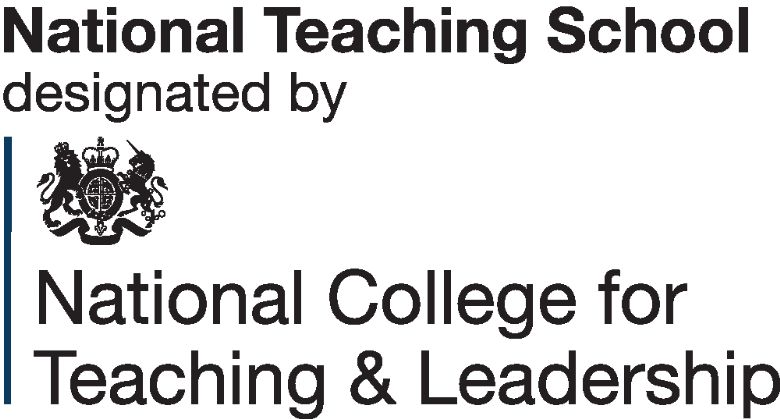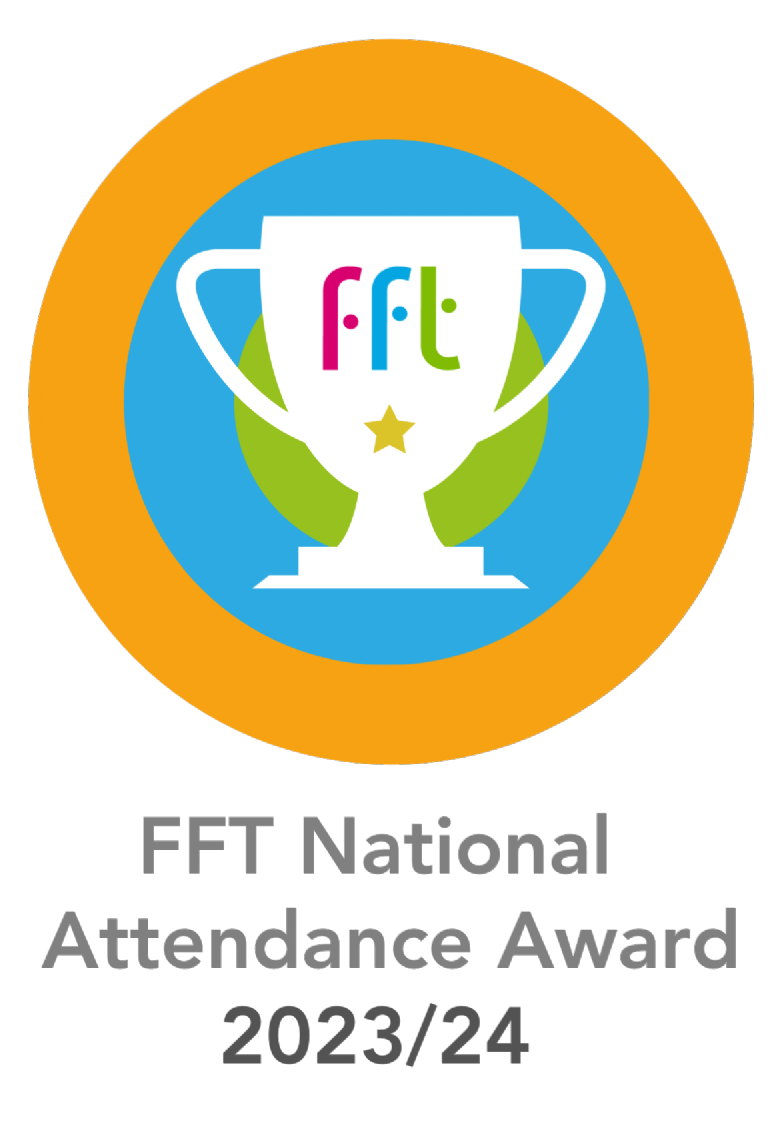Where to start
Where to start – Understanding yourself. Advice for pupils and parents
Making careers decisions is a complex business. The stepped approach below is an over-simplification but might be a good way to start the process.
Step 1
Identifying possible ‘good-fit’ career paths can only happen once a person has identified their:
- values
- personal interests/enjoyments
- strengths/skills
- character traits
- preferred working environments
All students are encouraged to give time to this process of self-reflection and to record it. Parents are often an invaluable help during this process and the school’s Careers Leader, Mrs Farrow, is also available to help.
Step 2
As a next step, students are encouraged to use careers matching quizzes such as The Interests Profile and Personality Profile on Unifrog. All students have a Unifrog account. Additionally, students may choose to complete one of the many free ‘job match’ quizzes available online as part of their self-reflection such as quiz on the SACU website. You do need a relatively high degree of self-awareness and understanding of what certain activities mean when going through a careers matching programme but it can be helpful as part of your careers thinking. Please think of this as a starting point not an end in itself. Please also remember that such a programme gives you a profile at that one point in time - with the benefit of life experience, a person's own values, interests, skills and even preferences can change.
Step 3
Students should then make a list of occupations/job profiles that they wish to explore having looked closely at the results from the careers matching programme/quizzes completed and having cross-referenced them to their self-reflection. In this way, all the occupations/job profiles identified should be a ‘good fit’.
Step 4
Explore these occupations/ job profiles. Unifrog enables students to explore greater detail and to shortlist those of greatest interest for easy future referral. Students can also access the National Careers Service (see the section Useful Career Links for this website details and others).
Step 5
Students should be able to narrow down their list, eliminating those occupations/jobs that are no longer of interest following their research.
Step 6
Students should then seek to speak to someone in each of the occupations/jobs that remain on their shortlist to ask them questions about their work. Students should contact Redborne’s Careers Leader with any requests for in-school visits. Students can also view recorded interviews with employees across many sectors via a number of websites including Unifrog and https://www.speakersforschools.org . Others are included in the Useful Websites section of these Careers pages.
Gaining work experience or arranging an opportunity to work shadow is a highly informative process and students are encouraged to pursue such opportunities.
Step 7
Students should then compare the roles which they remain interested in, identifying the similarities and differences and 'sorting them' according to what is 'valuable' to them. Students need to have clarity of thinking - if you are able to tell someone else clearly why this work would suit you and why it is better suited to you than some other work, it is probably the case that you have managed to gain the necessary clarity required - move onto step 8.
Step 8
Students should create a careers action plan to assist them in taking the necessary steps to access their chosen job/occupation. They should always remember that they are allowed to change their minds and it is to be expected that this process of self-reflection and research will be repeated across a lifetime. Students can seek an interview with either Mrs Farrow, Careers Leader or Mrs Holbrook, Careers Advisor, to assist them with their career planning process.
Final Thoughts
Try to think through who or what might influence your thinking. Are these influences positive, boosting your aspirations or negative, limiting what you think is possible for you? If you understand what influences you, you have the opportunity to consciously accept or reject such influences.
And finally - success has many faces. There is no one strict view of what success looks like. What success looks like to you may look quite different to another.
Students may find this article of interest.








